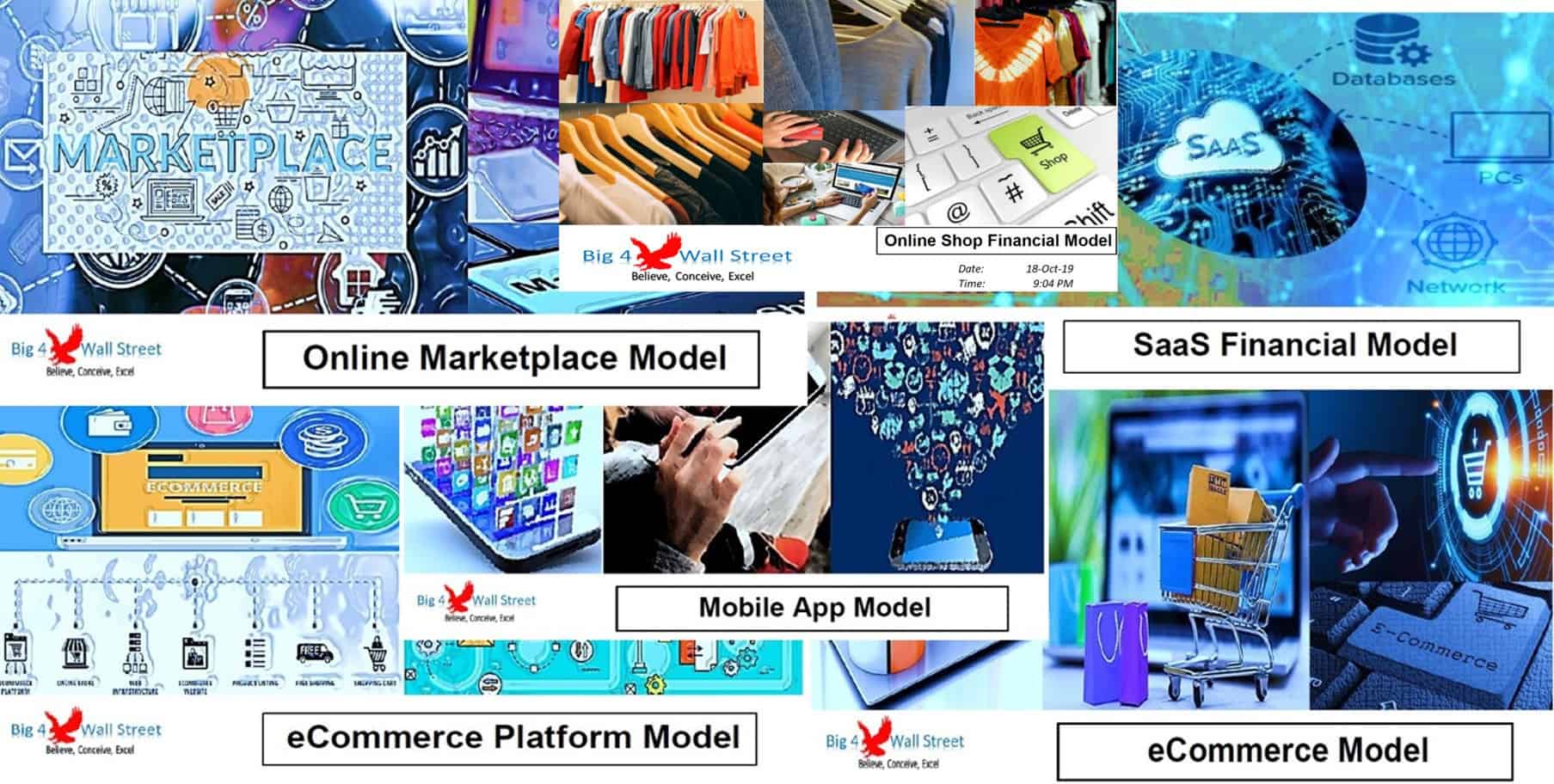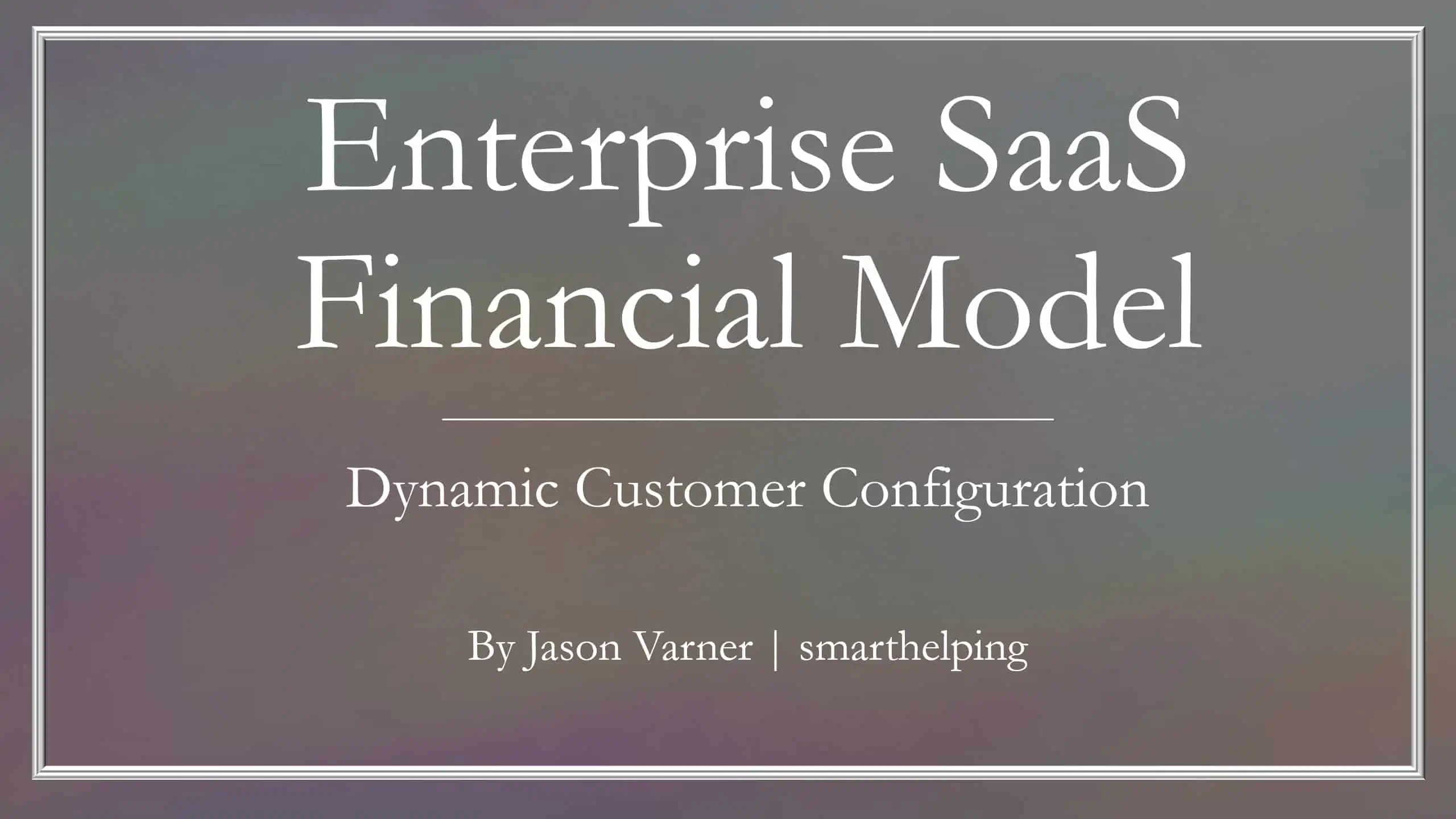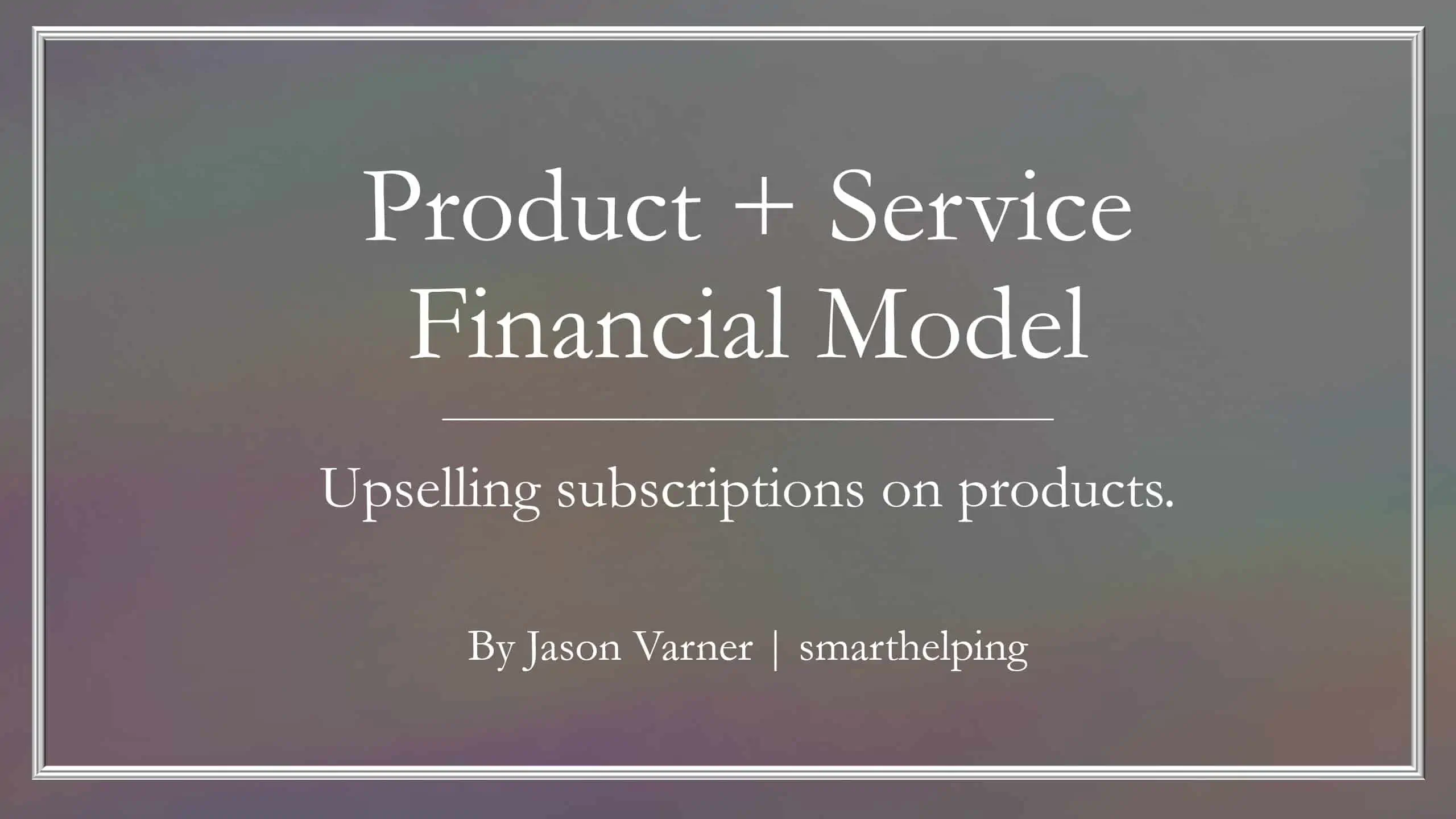Marketplace with 3 Subscription Tiers: 5 Year Financial Model
I built marketplace assumptions on to of my best subscription forecasting model to get this beautiful forecasting tool. Includes connected 3-statement model.

Video Overview:
This model does a great job at using best-in-practice customer retention logic for subscription tiers that may have varying contract terms, as well as marketplace users that may stick around based on an average retention curve.
All subscription onboarding will be assumed to use the marketplace and subject to the marketplace activity drivers, and separate drivers exist for both types of users.
The template will work if you just want to forecast a subscription business without a marketplace, a marketplace without subscribers, or a marketplace with subscription tiers. The marketplace activity configurations can be driven separately for subscribers vs. non-subscribers. There is flexibility in how ad spending and acquisition happens for the subscribers vs. non-subscriber marketplace users as well as a few assumptions for how non-subscribers can move over to being subscribers.
All the fancy KPI calculations are shows that you would typically see in a SaaS business, such as CaC, LTV, LTV:CAC ratio, CAC payback period, and churn rates. General output reports include monthly and annual financial statements, a DCF Analysis, and an annual Executive Summary. Plenty of visuals are shown as well so the narrative can be explained more clearly.
For the subscribers, there are configurations for change in contract value at renewal and pricing adjustments over the 5-year period. Also, if you collect all the cash up front for contracts that last longer than a month, you can account for that with a yes/no selector. If ‘no’ is selected, the contract value is amortized over the life of the contract, and if ‘yes’, then the full cash is collected upfront and shows on the statement of cash flows accordingly.
In general, you can define the percentage of subscribers and non-subscribers that transact each month, their average transaction value, the average amount of times they transact, and the marketplace fees charged. One strategy you can implement is making the fees smaller for subscribers.
The template comes blank, and you can fill it out along with the video so it is easy to understand. All light yellow cells are editable. Enjoy this robust financial simulation!
Similar Products
Other customers were also interested in...
Subscription Business – 10 Year Financial Model
Financial Model providing a 10-year financial plan for a startup or operating Subscription Business.... Read more
Online Businesses Bundle (6 Models)
This is a collection of selected financial model templates for projects or ventures in the Online Bu... Read more
Online Business Financial Models Bundle
A collection of six Online Business Financial Models offered at a discounted price you can’t miss!... Read more
5-Year Enterprise SaaS Financial Model – 3 C...
A dynamic financial model to forecast monthly and annual customers/revenues/expenses for a SaaS comp... Read more
Data-as-a-Service Financial Feasibility Study
This model is built for data-as-a-service startups. If you have valuable data to monetize, this temp... Read more
SaaS Financial Model Bundle
This is a bundle of Financial Model Templates for SaaS businesses and their related sectors such as ... Read more
Product-as-a-Service (PaaS) Financial Model
This is a true PaaS model with flexible build-out assumptions, capacity sanity checks, and direct sa... Read more
Function-as-a-Service (serverless computing) Finan...
Create financial projections for a FaaS cloud computing services business. This is a recurring reven... Read more
Product + Subscription Financial Model
Build a strategy for adding recurring revenues services to your product. Includes financial statemen... Read more
Subscription Box Financial Model – Up to 72 ...
Test many variables in this financial model for a subscription box company. Includes up to six prici... Read more
You must log in to submit a review.




























